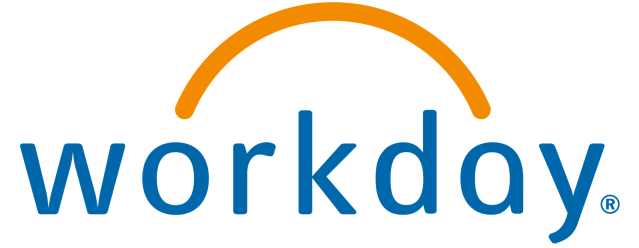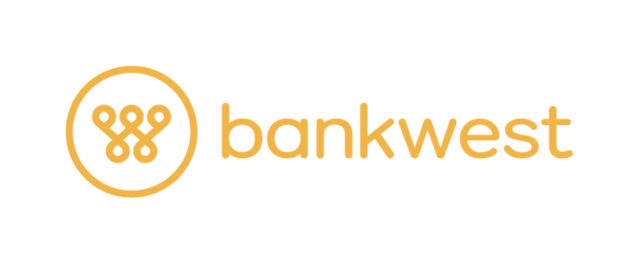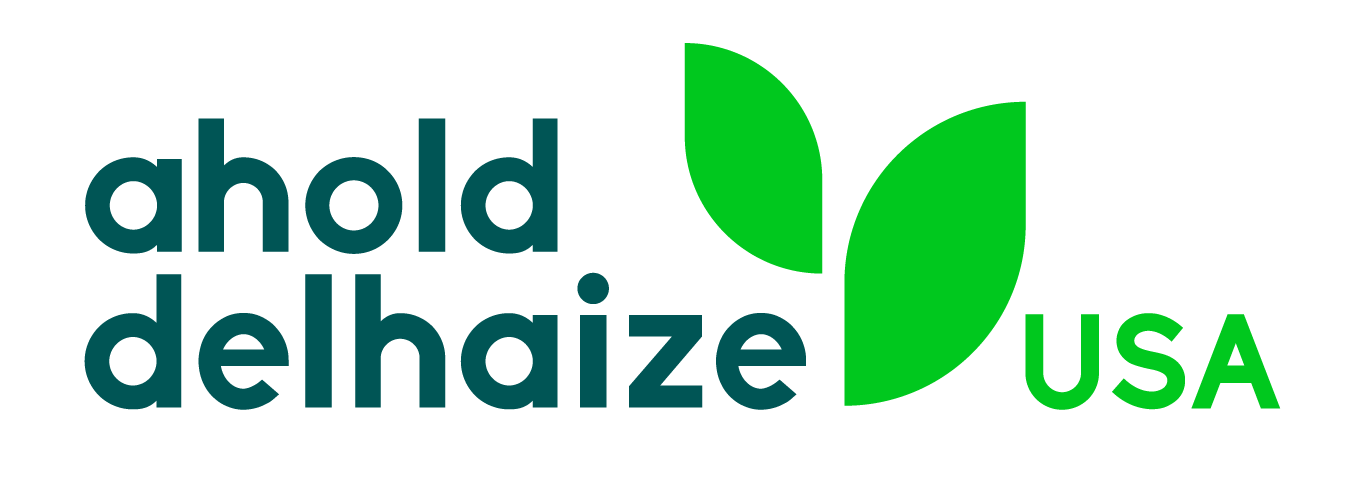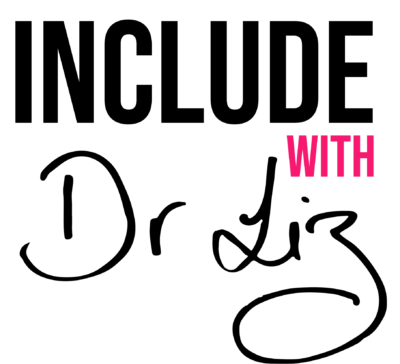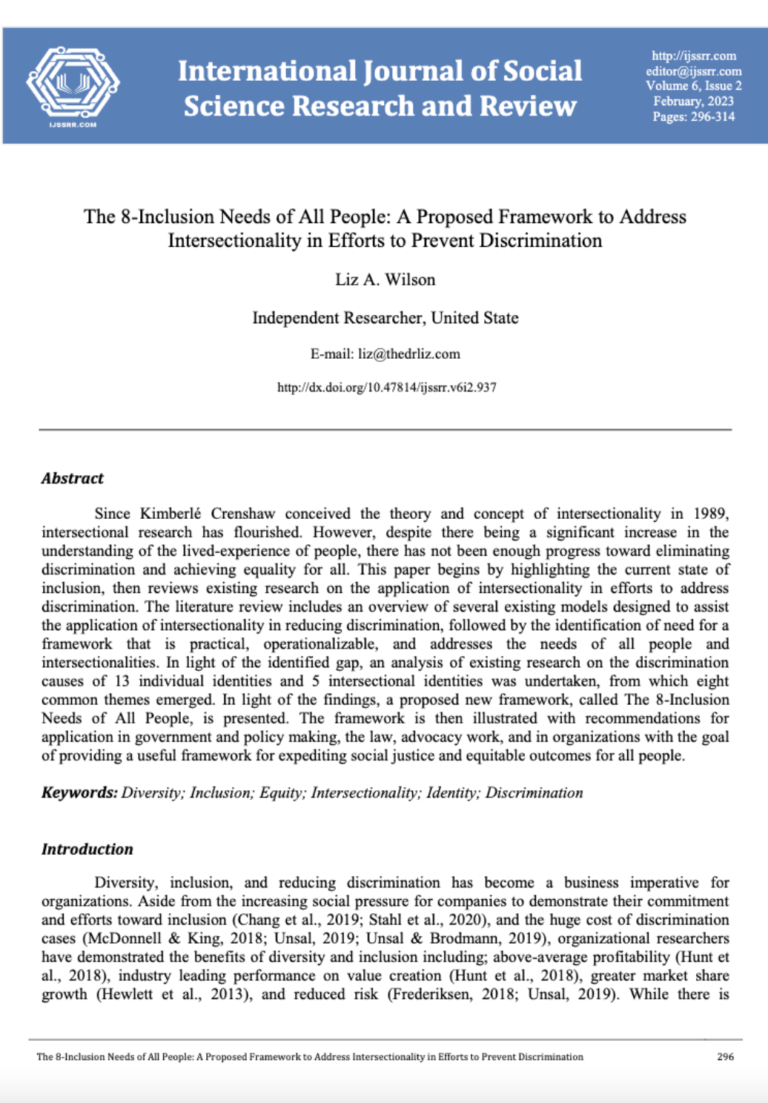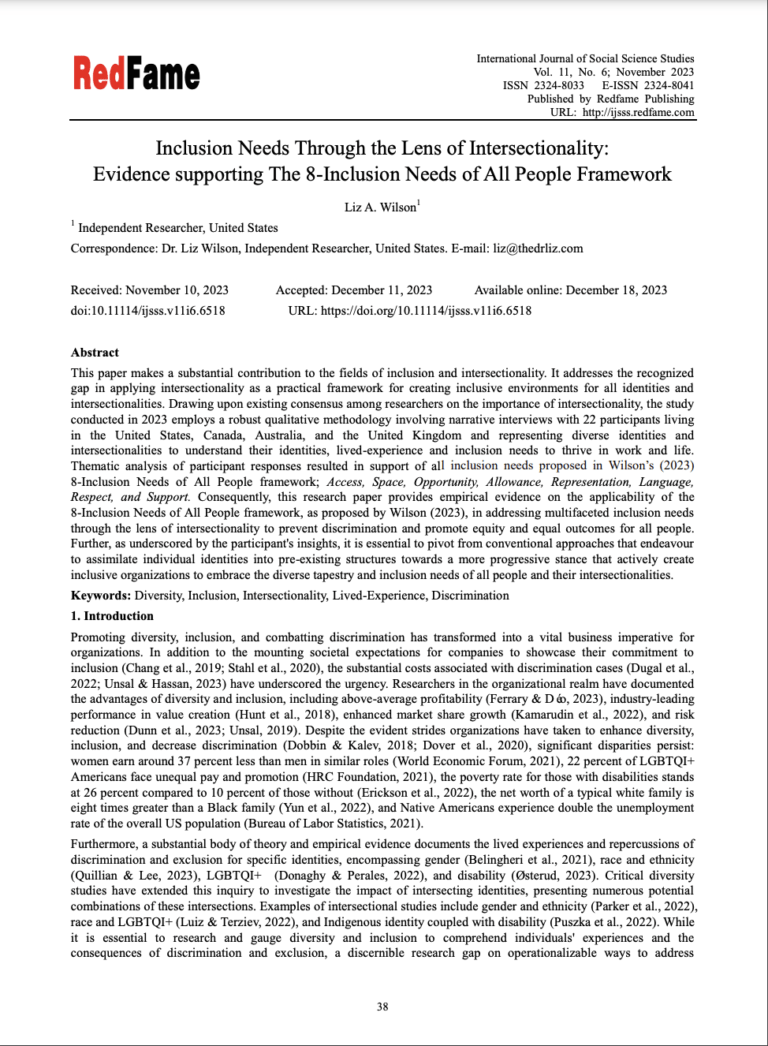The 8-Inclusion Needs of All People®
A practical way to address intersectionality in approaching inclusion with the goal of eliminating discrimination and enabling everyone to thrive.
What are
The 8-Inclusion Needs of All People® ?
The 8-Inclusion Needs of All People ® are:
- Access
- Space
- Opportunity
- Representation
- Allowance
- Language
- Respect
- Support
This framework provides a practical way to address intersectionality in approaching inclusion with the goal of eliminating discrimination and enabling everyone to thrive.
1. ACCESS
Ensuring all people can see and hear, or understand via alternatives, what is being communicated; and physically access or use what is being provided.
2. SPACE
Ensuring there is a space provided that allows all people to feel, and are, safe to do what they need to do.
3. OPPORTUNITY
Ensuring all people are provided opportunity to fulfil their potential.
4. REPRESENTATION
Ensuring all people can contribute and are equally heard, seen, and valued.
5. ALLOWANCE
Ensuring allowances are made without judgement to accommodate the specific needs of all people.
6. LANGUAGE
Ensuring the choice of words or language consider the specific needs of all people.
7. RESPECT
Ensuring the history, identity, and beliefs of all people are respectfully considered.
8. SUPPORT
Ensuring additional support is provided to enable all people to achieve desired outcomes.
Recommendations for Applying
The 8-Inclusion Needs of All People®
Apply the The 8-Inclusion Needs of all People® framework in government and policy making, the law, advocacy work, and in organizations with the goal of providing a useful framework for expediting social justice and equitable outcomes for all people.
IN GOVERNMENT AND POLICY MAKING
Government and policy makers can apply The 8-Inclusion Needs of All People® in: (i) extending the scope of people and needs protected from discrimination without the need to list hundreds of identities and potential intersectionalities; (ii) evaluating proposed legislation and its impact in creating inclusive and equitable outcomes for all people; (iii) the review of existing policies and legislation to identify barriers where needs may be unmet, overlooked, or unjustly oppressed; (iv) consultation with the community and people with diverse lived-experiences to guide discussion, input and insights on inclusive solutions; (v) the design, planning, and funding of community facilities, social services and inclusion interventions to ensure they meet the needs of all people; (vi) setting the local, State, and Federal standard for inclusive practice and requiring compliance by government suppliers and contractors.
IN THE LAW AND LEGAL PRACTICE
The legal profession can apply The 8-Inclusion Needs of All People® in; (i) moving away from establishing discrimination based on comparator groups and instead wholistically addressing the contextual lived-experience of the individual; (ii) establishing an intersectional approach to evaluating and measuring the cumulative discrimination impact experienced by people; (iii) shifting the focus from identities instead to the sources of exclusions and disadvantages created by failure to meet the needs of people; (iv) creating a framework for legal reform to protect the ‘whole’ person and replace the existing separate laws protecting individual identities; and (v) encouraging legal practitioners to broaden their knowledge and understanding of the needs of all people rather than specialising only in singular identity categories.
IN ADVOCACY WORK
Advocacy groups can apply The 8-Inclusion Needs of All People® in; (i) breaking down silos and increasing collaborative efforts to achieve inclusion with a standard framework that works towards meeting the needs of all identities; (ii) reducing assumptions and/or stereotyping of identities into singular groups; (iii) validating the lives of people with diverse and unique intersectionalities that do not see themselves represented in singular focused advocacy groups; (iv) reducing competition for focus and attention amongst the ‘other’ identities; (v) increasing a deeper understanding of the similarities between people with different ‘identities’ leading to greater coalition; (vi) speeding up the inclusion of all people as all identities will be addressed in inclusion interventions at the same time; and (vii) utilizing funding in more cost efficient and effective ways by focusing on inclusive solutions that address the needs of all people.
IN ORGANIZATIONS AND THE WORKPLACE
Organizations and institutions can apply The 8-Inclusion Needs of All People® in; (i) consolidating diversity and inclusion intervention efforts with a focus on common needs for all people and all identities; (ii) providing a practical framework for people to use in their decision making to ensure solutions meet the needs of all people; (iii) aligning employee resource groups and efforts to a common goal; (iv) the review of existing policies and procedures to identify barriers where needs may be unmet, overlooked, or unjustly oppressed; (v) evaluating and identifying inclusion gaps in the organizational climate and ways of working; (vi) the design and development of products and services to meet the needs of diverse customers; and (vii) international geographies with disparate cultures and laws that may conflict with identity specific inclusion.
The Research Behind
The 8-Inclusion Needs of All People®
If you’d like to learn more about the research behind The 8-Inclusion Needs of All People® you can download and read Dr. Liz Wilson’s peer reviewed journal articles:
Contact Us
Drop us a message to enquire about any of our programs or tools, learn more about Include and Dr. Liz or just to have a chat about being the change we want to see in the world. Let’s create a world where everyone thrives together!
Have Questions?
Testimonials
Manager, Partnerships at Australasian Society of Association Executives (AuSAE)
Dr. Liz engaged, inspired, and motivated our attendees with simple and practical examples on how to make modifications to the way they do business to make this world a more inclusive place for everyone.
Director, Strategy and Business Relations, Growthbuilt
Dr Liz's raw and relevant lessons of tackling bias and discrimination, whilst challenging ourselves to view disability not on the individual but on the environment on which we create, was refreshing and eye opening.
Director Portfolio Delivery, Sydney Trains
The passion and skill Dr. Liz has for seeing real outcomes for the teams she supports enables her to connect with all levels of the organisation and the ability to drive sustainable change.
JUST SOME OF THE ORGANIZATIONS
Dr. Liz Has Worked With

